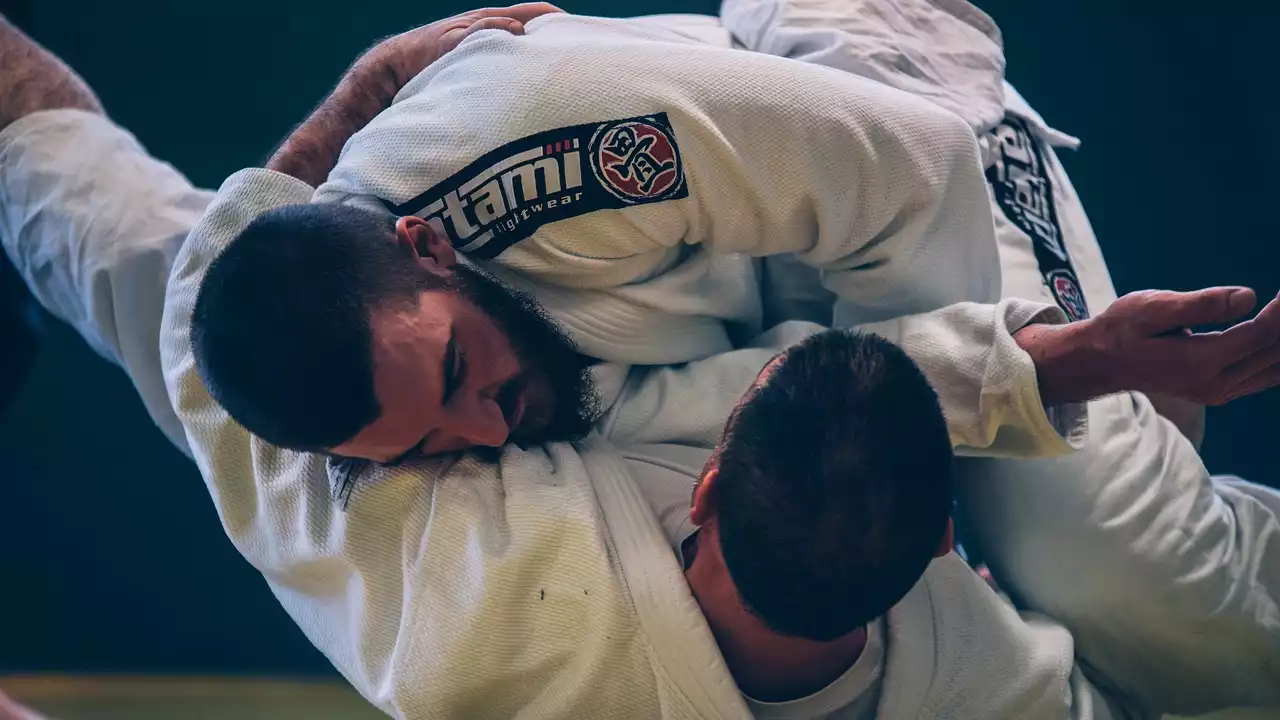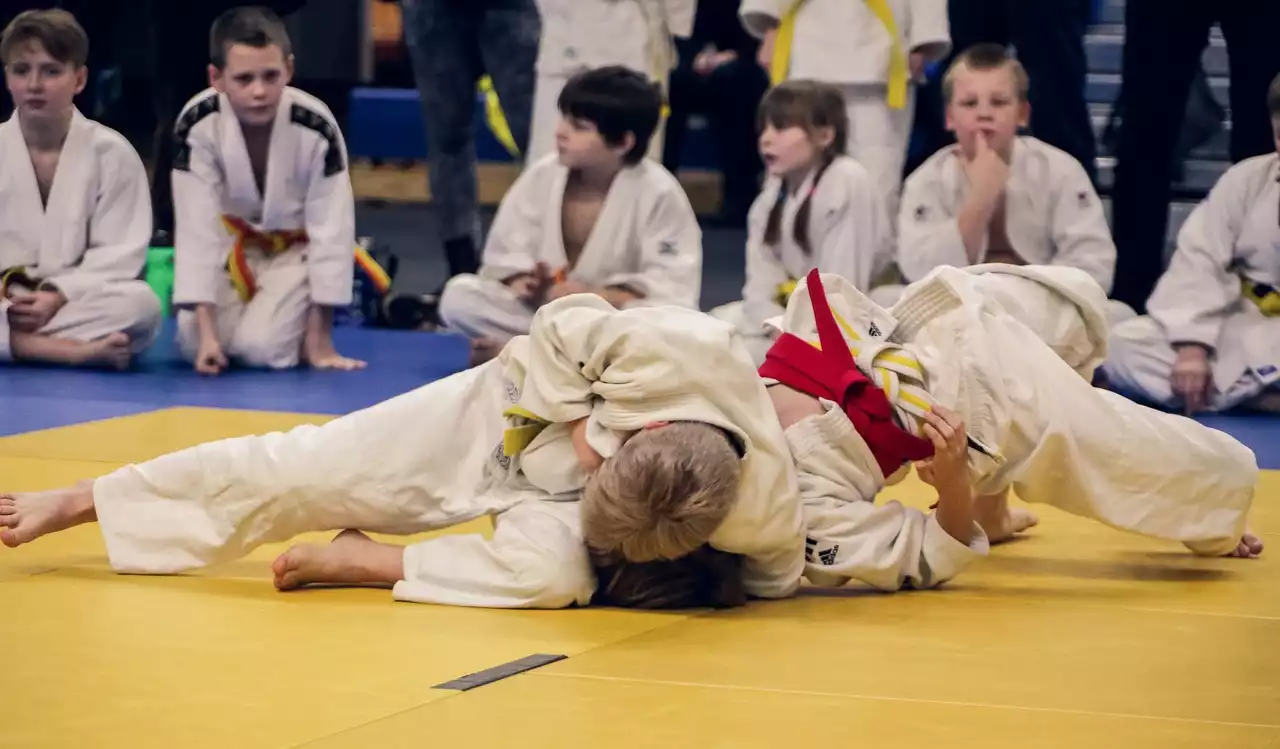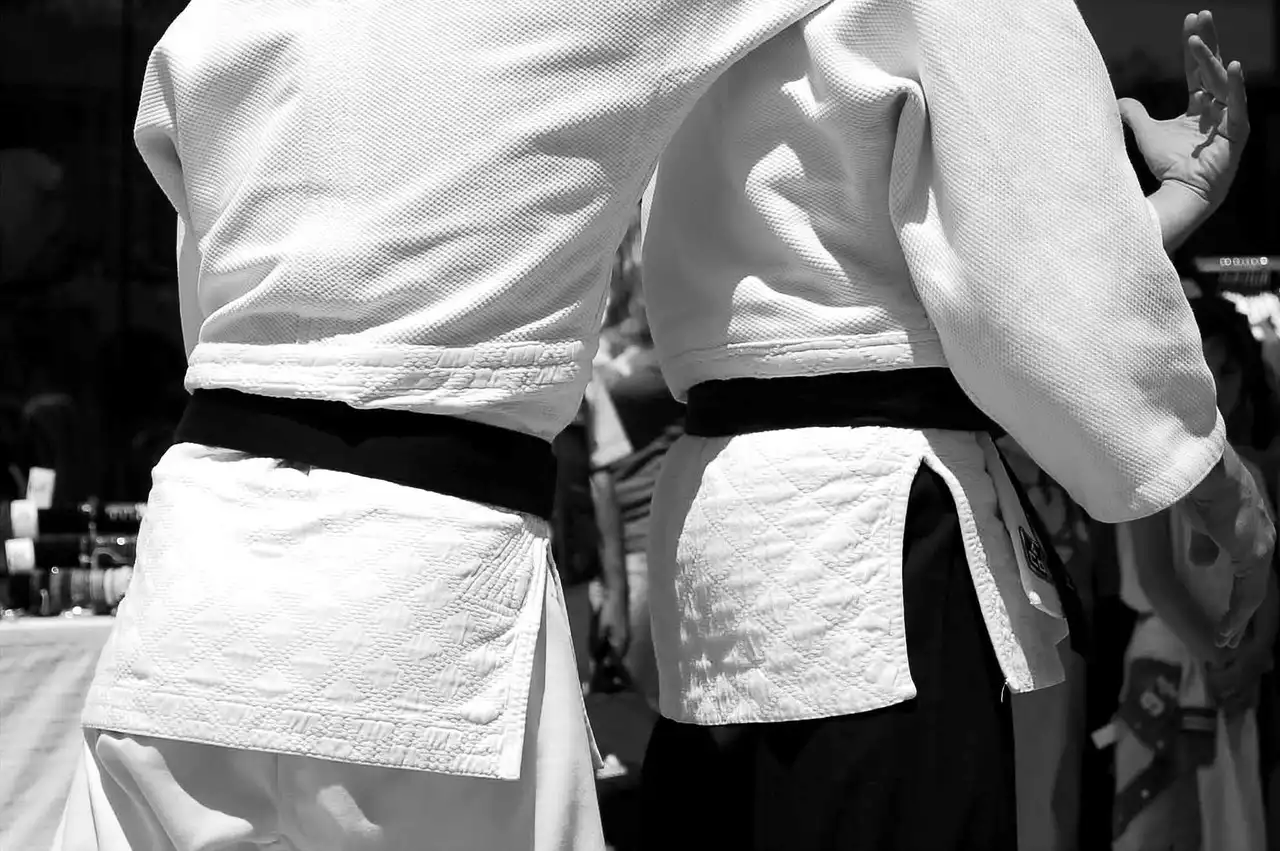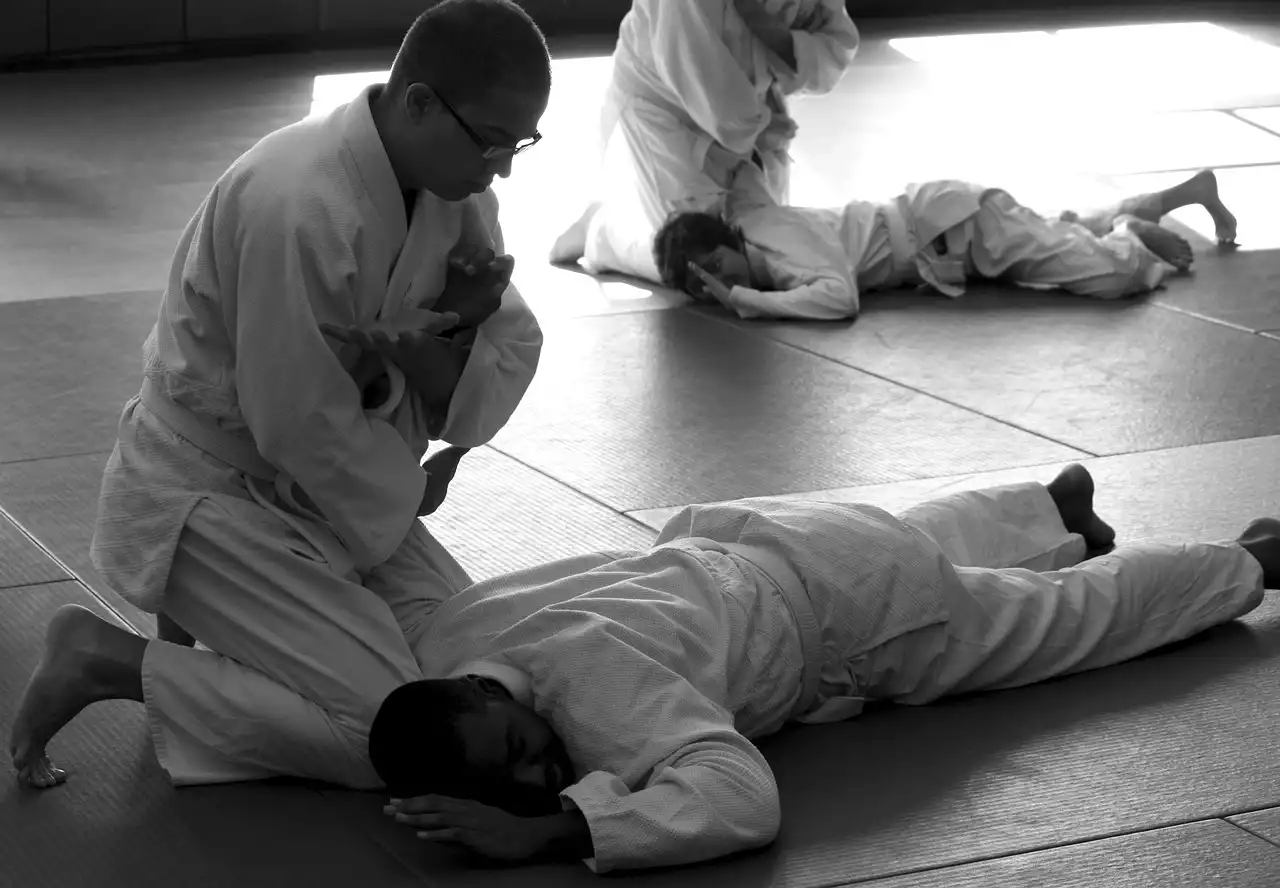Basic Judo Techniques - Throws, Holds, and Locks
Judo has a wide range of techniques that are classified into throws, holds, and locks. These techniques are the foundation of Judo and are essential for every practitioner to master.
Throws
Throws are the most common techniques in Judo. They involve using an opponent's momentum to throw them on the ground. Throws can be classified into two categories: standing throws and sacrifice throws.
Standing throws involve throwing an opponent while maintaining a standing position. Some of the most popular standing throws include Osoto Gari, Seoi Nage, and Tai Otoshi.
Sacrifice throws involve sacrificing your standing position to throw an opponent. These throws are usually used when an opponent has a strong grip or is too heavy to throw while standing. Some popular sacrifice throws include Tomoe Nage, Sumi Gaeshi, and Yoko Tomoe Nage.
Holds
Holds are techniques that involve controlling an opponent on the ground. They are used to immobilize an opponent and force them to submit. Some popular holds include Kesa Gatame, Kami Shiho Gatame, and Yoko Shiho Gatame.
Locks
Locks are techniques that involve manipulating an opponent's joints to force them to submit. They are usually used in combination with holds to force an opponent to submit. Some popular locks include Juji Gatame, Ude Garami, and Ashi Gatame.
5 basic judo throws everyone should know
Advanced Judo Techniques - Combination Throws and Counters
Once you have mastered the basic Judo techniques, you can move on to more advanced techniques. These techniques usually involve combining two or more techniques to create a more effective throw.
Combination Throws
Combination throws involve using two or more techniques in succession to throw an opponent. These throws require a high level of skill and timing. Some popular combination throws include Kouchi Gari into Ouchi Gari, Uchimata into Harai Goshi, and Osoto Gari into Osoto Otoshi.
Counters
Counters involve using an opponent's attack against them to throw them. These techniques require a high level of skill and timing. Some popular counters include Tai Otoshi Counter, Uchimata Counter, and Osoto Gari Counter.
74 judo throws in 120 seconds with Judo throws labeled
Importance of Proper Technique in Judo
Proper technique is crucial in Judo. It not only helps in winning matches but also prevents injuries. Improper technique can lead to serious injuries and can hinder your progress in the sport.
Proper technique involves maintaining good posture, balance, and timing. It also involves using your opponent's momentum against them and using the right amount of force.
To master proper technique, it is essential to train with a skilled Judo instructor. They can guide you in the right direction and help you avoid common mistakes.
Judo Techniques for Competition
Judo competitions are a great way to test your skills and improve your technique. However, competing in Judo requires a different set of techniques than training.
In Judo competitions, the objective is to throw an opponent on their back with force or to pin them down for a set amount of time. The techniques used in competition are usually more aggressive than those used in training. Some popular competition techniques include Seoi Nage, Harai Goshi, and Uchi Mata.
Judo Techniques for Self-Defense
Judo is a great self-defense tool. Its techniques can be used to defend against an attacker and escape dangerous situations.
Judo techniques for self-defense involve using an opponent's momentum against them and using throws and locks to immobilize them. Some popular self-defense techniques include Osoto Gari, Kesa Gatame, and Juji Gatame.
Why Judo is best for self defense
Famous Judo Techniques and Practitioners
Judo has a rich history and has produced some of the greatest martial artists of all time. Some of the most famous Judo techniques and practitioners include:
- Uchimata - a throw that involves lifting an opponent's leg with your thigh and throwing them over your hip.
- Osaekomi - a hold that involves pinning an opponent on their back for a set amount of time.
- Kano Jigoro - the founder of Judo and one of the most influential martial artists of all time.
- Yasuhiro Yamashita - a legendary Judo practitioner who won five world championships and an Olympic gold medal.
6 Judo moves performed in finals by World Champions
Judo Technique Training Tips
Training in Judo requires dedication and hard work. Here are some tips to help you improve your technique:
- Practice regularly and consistently. Consistent practice is essential for mastering Judo techniques.
- Train with a skilled Judo instructor. A skilled instructor can guide you in the right direction and help you avoid common mistakes.
- Focus on proper technique. Proper technique is crucial in Judo and can prevent injuries.
- Watch videos of skilled Judo practitioners. Watching videos of skilled practitioners can help you learn new techniques and improve your timing.
- Train with different partners. Training with different partners can help you adapt to different styles and improve your technique.
Judo Tips & Tricks
Common Mistakes to Avoid in Judo Techniques
Judo techniques require a high level of skill and attention to detail. Here are some common mistakes to avoid:
- Poor posture and balance. Poor posture and balance can lead to injuries and hinder your progress in the sport.
- Using too much force. Judo techniques rely on using an opponent's momentum against them. Using too much force can lead to injuries and prevent you from executing the technique properly.
- Improper timing. Timing is crucial in Judo. Improper timing can prevent you from executing the technique properly and can lead to injuries.
- Neglecting groundwork. Groundwork is an essential part of Judo. Neglecting it can weaken your overall technique and hinder your progress in the sport.
In conclusion
Judo is a unique martial art that requires a deep understanding of its essential techniques. Whether you are a beginner or an experienced practitioner, mastering the essential Judo techniques is crucial for your success in the sport. By focusing on proper technique, training regularly, and avoiding common mistakes, you can improve your skills and become a skilled Judo practitioner.









